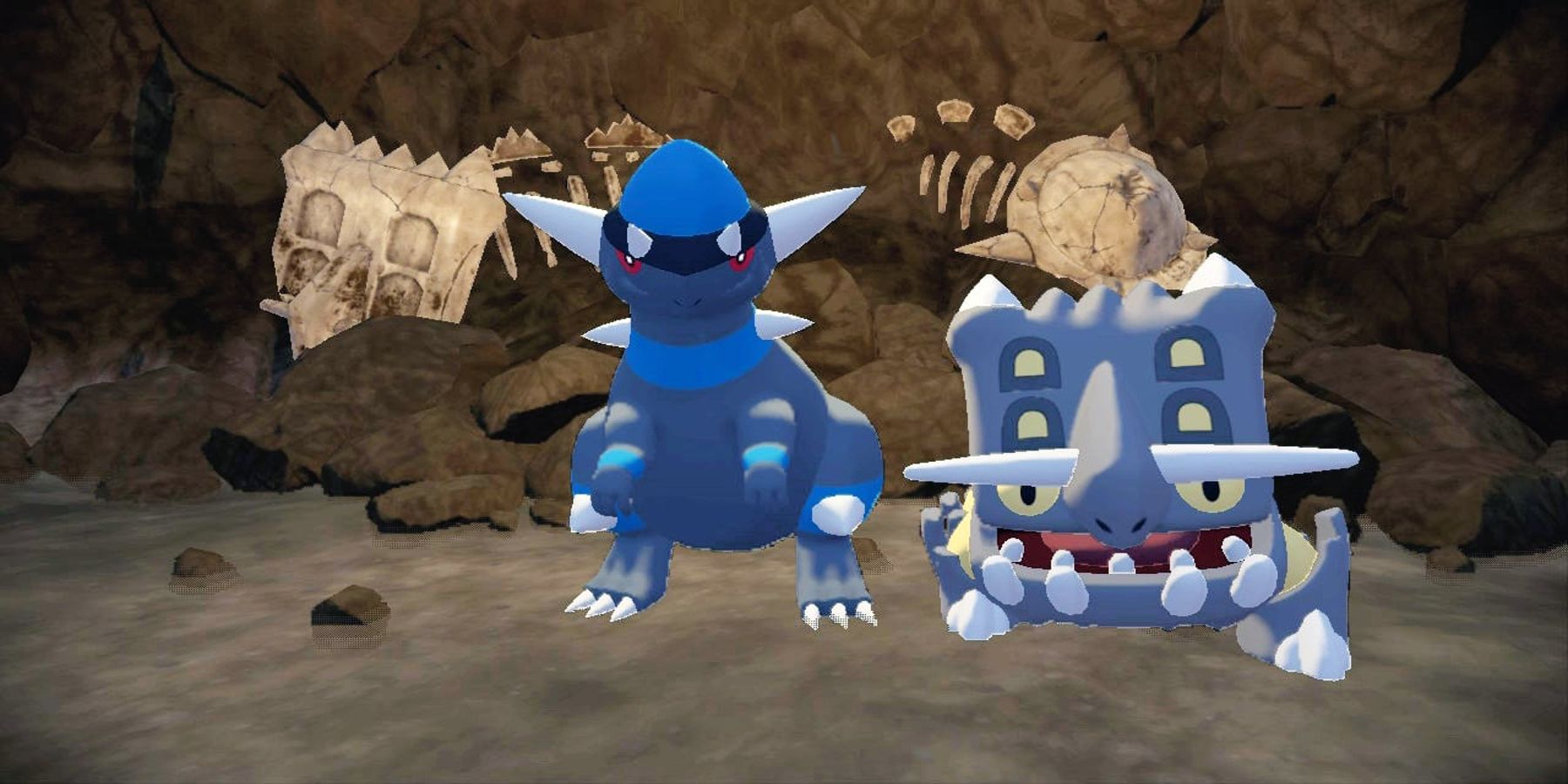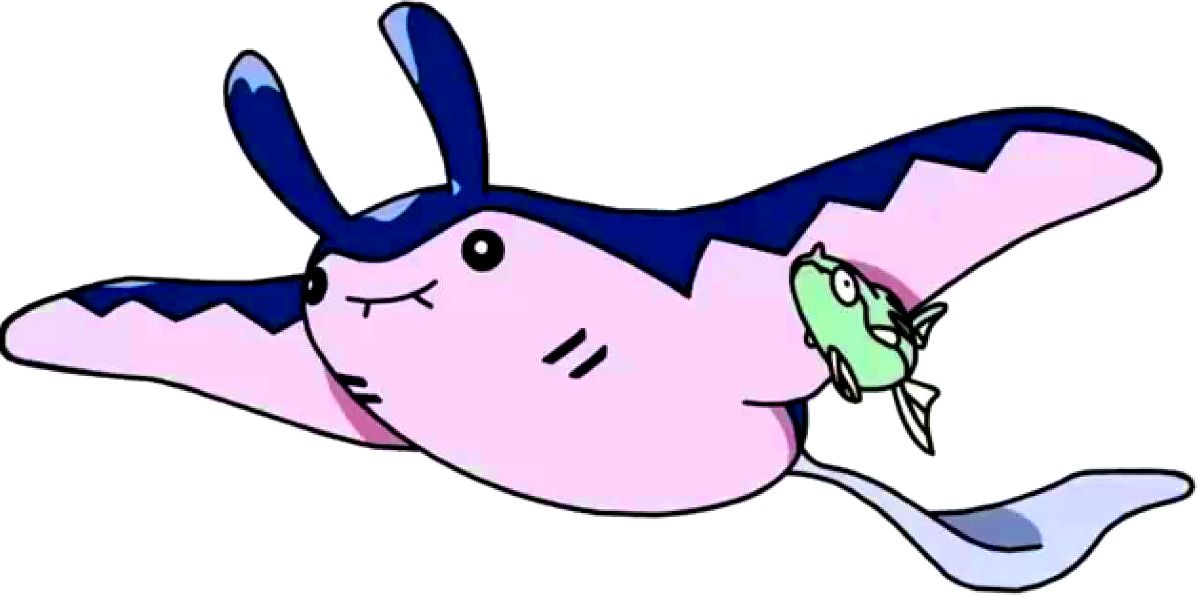Pokémon is a massively profitable franchise for many reasons, but mostly because of the individual Pokemon themselves. From the mascots like Pikachu to the niche picks like Dunsparce, Pokemon have a general appeal that has persisted over the years.
Despite their fantastical powers and designs, Pokemon actually have a lot of basis in the real world and real world animals. Certain Pokemon being based on certain animals is obvious, but the franchise as a whole often adapts real world biological phenomena into the creature design process. Some of these have been used since the first games to give Pokemon extra variety, but some are only just being used as inspiration in the newest entries.
8 Sexual Dimorphism
This is likely the most well known concept on this list. Most living things reproduce sexually, meaning that they require two parents to combine their genetic material to make a new, combined offspring. This leads to the existence of separate sexes, which often have different bodies in order to aid in their respective reproductive roles.
While the details of Pokemon breeding are kept intentionally vague, some species do display sex-based differences. More subtle examples include male Alakazam having longer mustaches than females. More extreme ones are more like Meowstic, whose male and female forms have different colors, fur patterns, and movesets.
7 Insect Life cycles
Bug is the Pokémon type that most directly reflects a family of real world animals, this being insects and arachnids. Many insects go through 3 stages of life after hatching; larva, pupa and adult. Famously, the pupa stage involves them being encased in protective cocoons while they grow into adulthood.
Many bug type pokémon from Butterfree to Leavanny follow this sequence, with their middle stages even growing varying types of cocoon. Since insects also have a rather short life cycle, they mature quickly, which is reflected in bug types often evolving quite early.
6 Regional Variants
Due to being separated by various circumstances, a single species of animal can take on varying different characteristics. This is even observable in humans, whose looks change depending on what part of the world they originate from, despite still being the same species.
This idea was introduced to Pokemon in the 7th generation’s Alola region. Alola was host to a bevy of new forms for old Pokemon like Meowth, Marowak and Exeggutor, which were only found in Alola. This has thankfully been repeated for every major region since, allowing old Pokemon a new lease on life.
5 Shinies
Shiny Pokemon were originally introduced in Pokemon Gold and Silver, and have become a big status symbol in the community. These rare Pokemon have a different coloration from what is normal for their species. For instance, Shiny Eevee are a whitish-gray as opposed to a deep brown.
While this might seem fictional, it actually mirrors real world occurrences like albinism where an animal is born with an unusual coloration. Some lobsters have been observed to be blue as opposed to the usual red, and people with albinism appear extremely pale with blonde hair, even if their parents were dark skinned.
4 Natural Rivalries
Due to the constant competition for survival, conflict between animals is common and expected. However, certain species of animals have a consistent rivalry between them, either due to shared habitat, competition over food, or predator/prey dynamics. Cats and mice for example, are famous rivals due to cats eating mice.
While some Pokemon are made out to be predators or prey, a few pairs have specific, emphasized rivalries. Zangoose and Seviper especially, are known to fight often, even being described in the Pokedex as having a “long-running blood feud.”
3 Convergent Evolution
The best known example of this in the natural world is the phenomenon of ‘carcinisation’. This is the process by which several different non-crab crustaceans evolve into crab-like forms despite being unrelated to crabs. It is comparable to a reverse evolution of sorts.
This process was only recently added to Pokemon. Scarlet and Violet are the first Pokémon games to feature it, introducing the Toedscool and Wigglett families, which evolved to look just like the Tentacool and Diglett families, despite being completely unrelated to them.
2 Extinction
Extinction is when an entire species dies out, completely removing them from life on earth. This can happen in many ways. Dinosaurs famously went extinct millions of years ago, and unfortunately, several species die out every year due to low resources, or hunting by humans and other animals.
This might seem a heavy subject for Pokemon, but it has been featured in the games from the start. Every fossil Pokemon is an extinct species brought back via science. Pokemon Legends Arceus also took place in the past, allowing a glimpse into several Pokemon like Wyrdeer and Ursaluna which appear to be extinct in the modern age.
1 Symbiotic Relationships
Symbiosis is very common in the animal kingdom. Humans technically share a symbiosis with various kinds of bacteria in their bodies. However, the term is mainly used for when two fully separate organisms cooperate, such as Clownfish and Sea Anemone, who help each other survive in various ways.
While this is quite rare in Pokemon, there are some key examples of it. Mantine and Remoraid for example, have a relationship where Remoraid aids Mantine in battle, in exchange for allowing it to eat its leftovers. This relationship is so integral that Remoraid appears in Mantine’s official art, and is necessary to evolve Mantyke into Mantine to begin with.

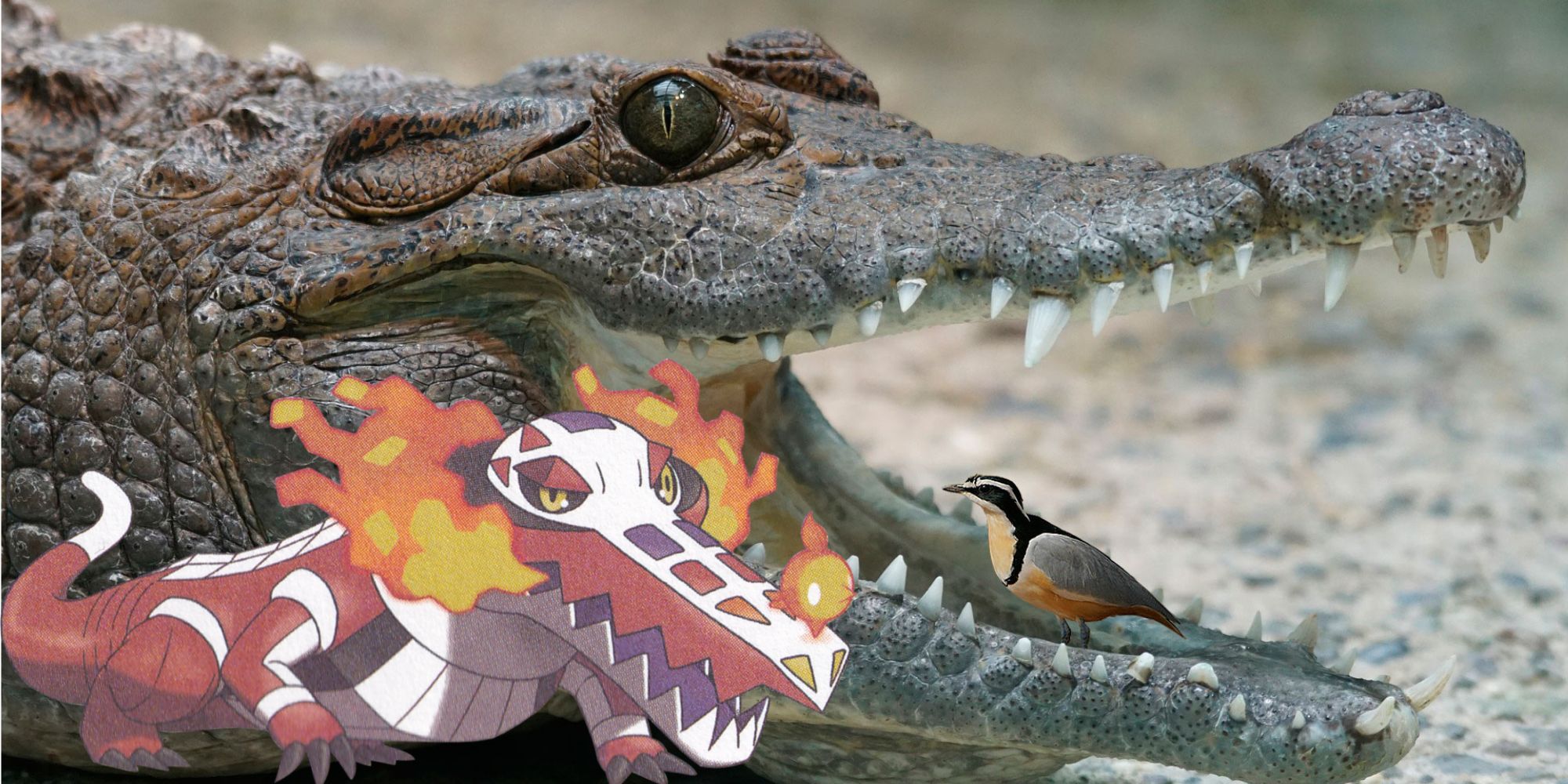
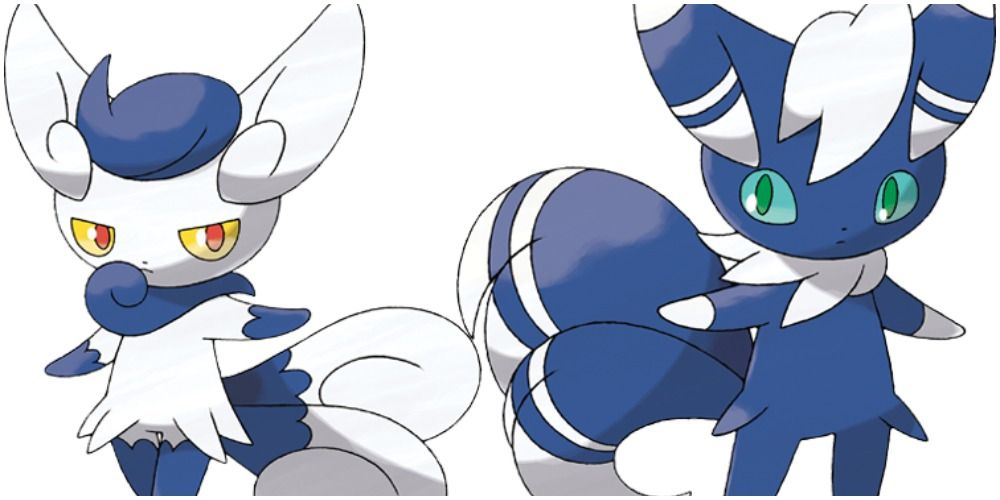
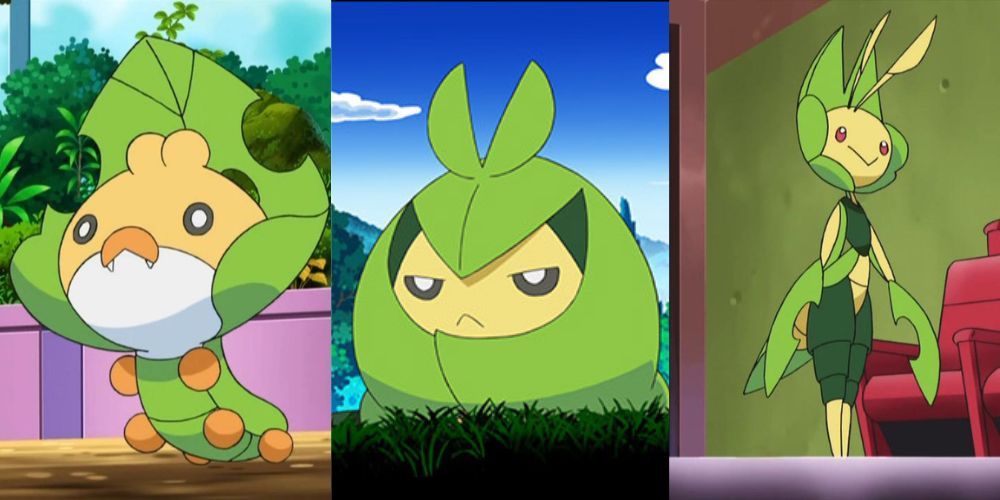
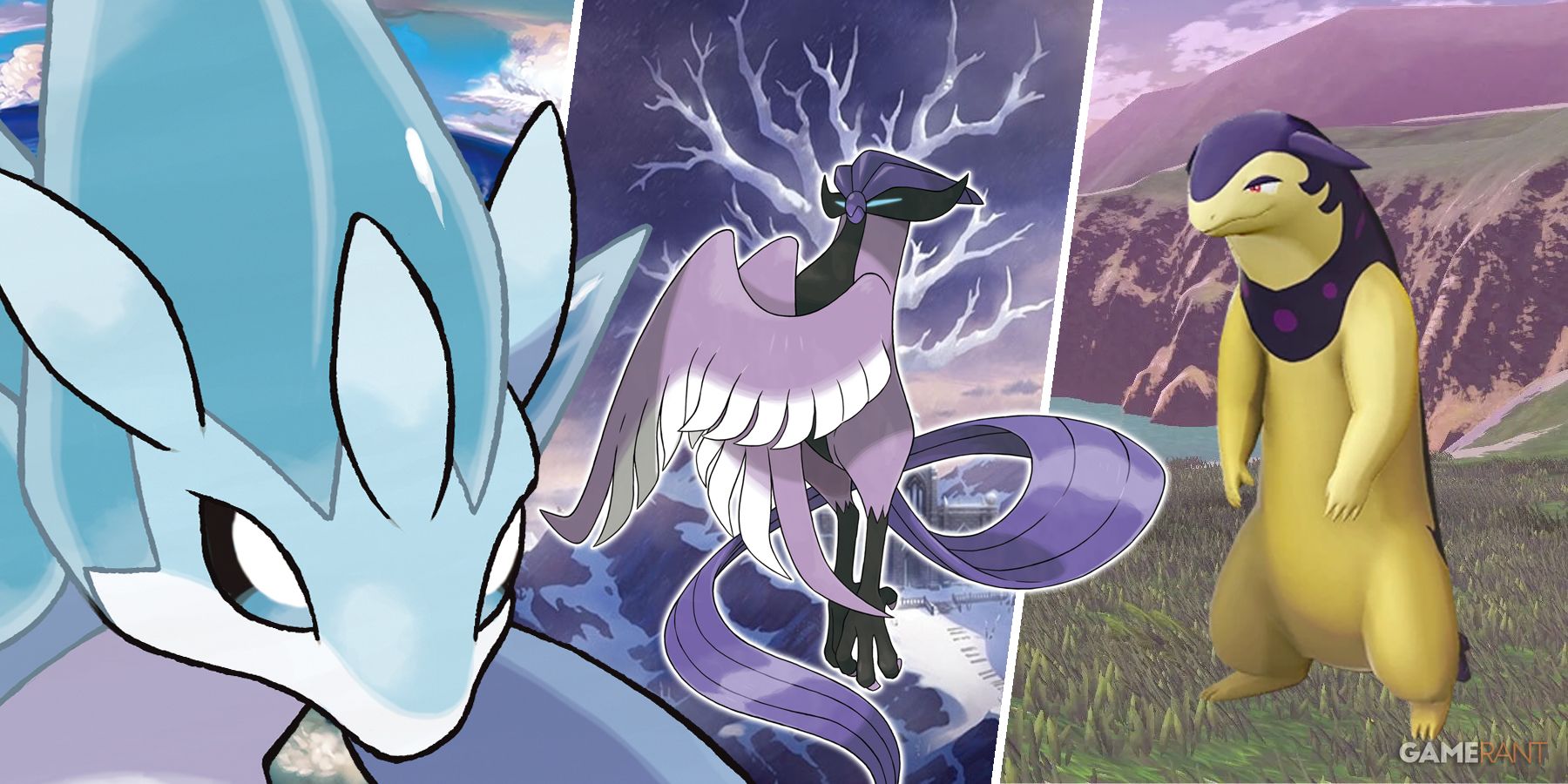
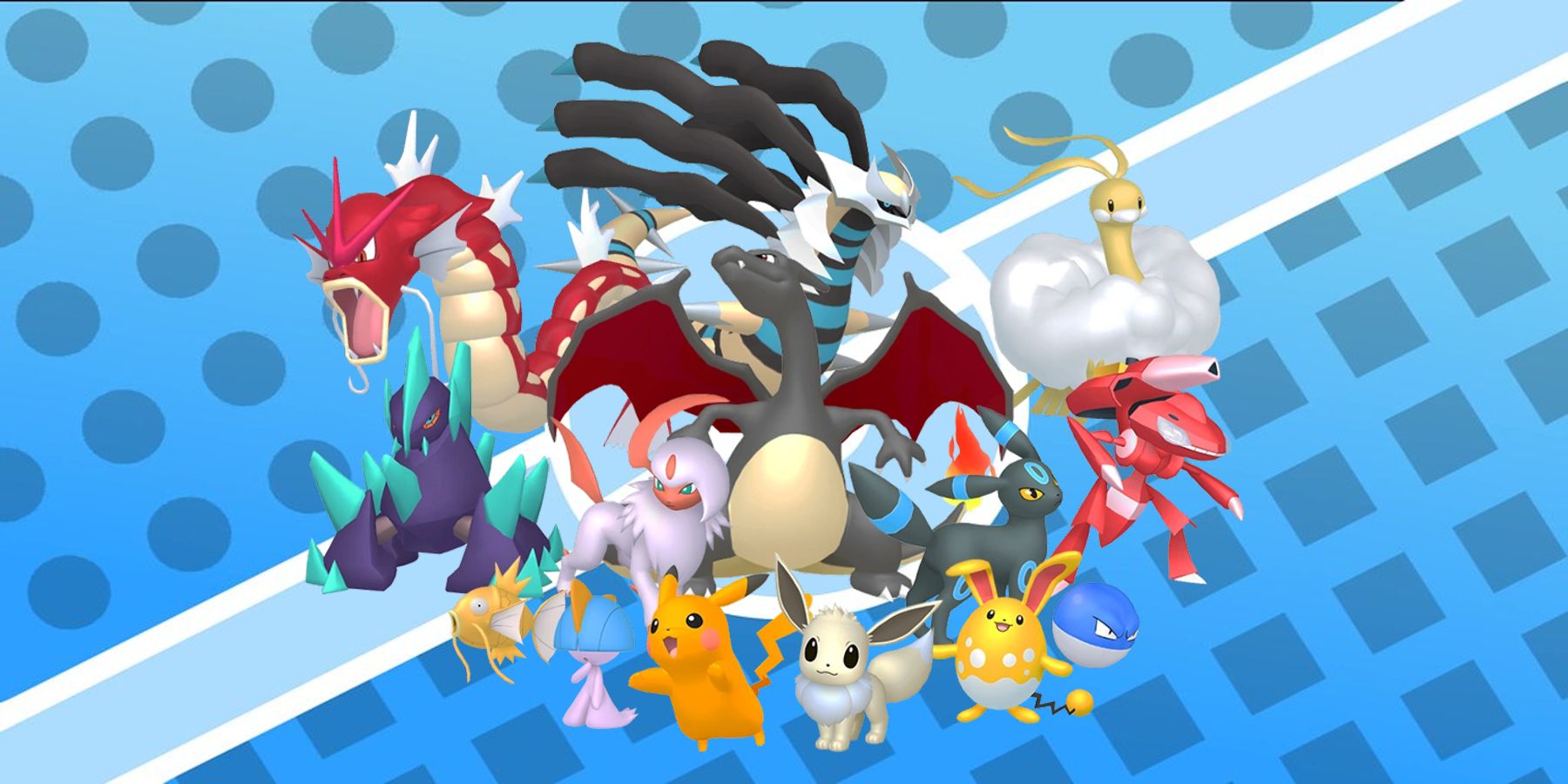
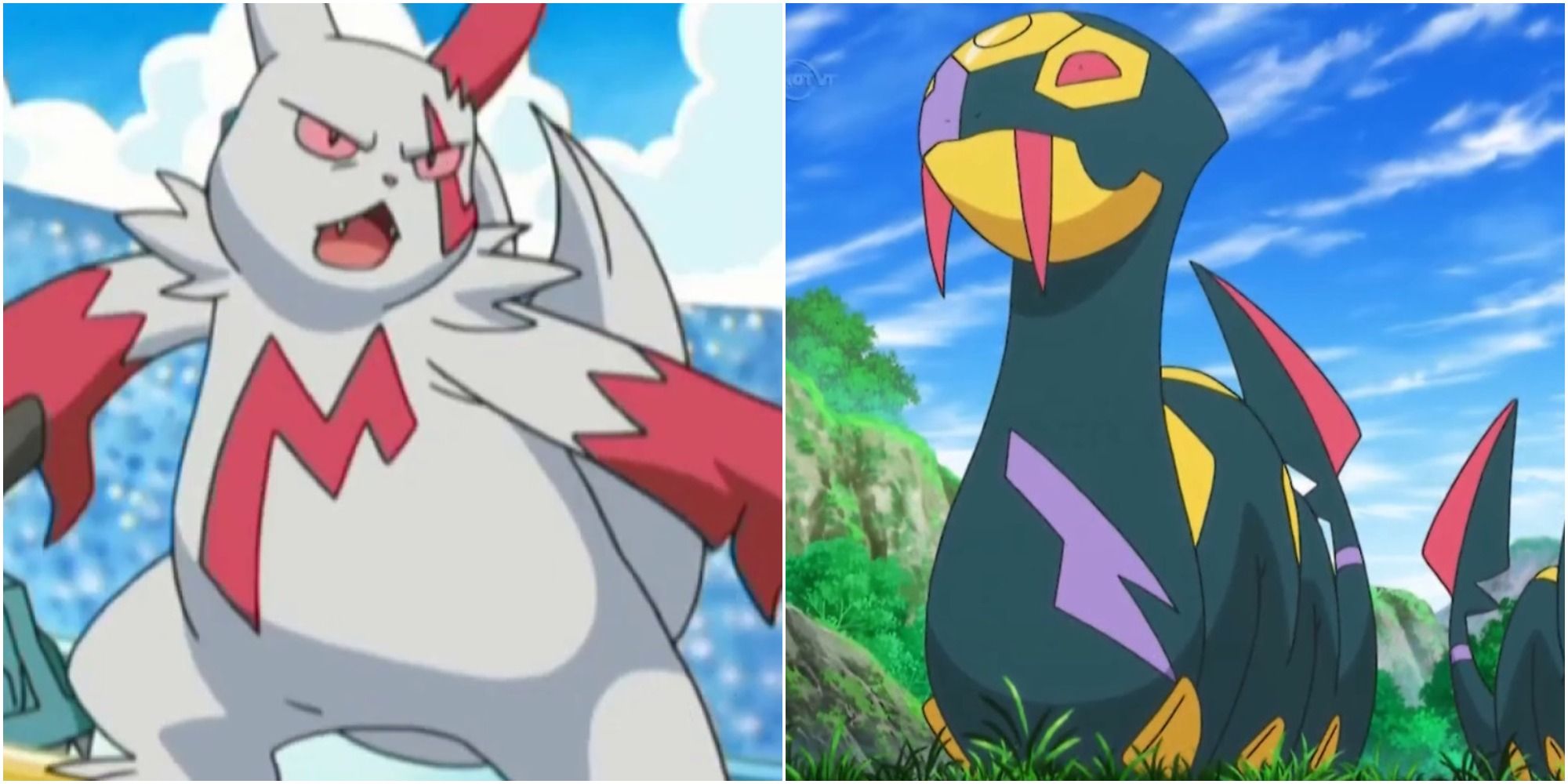
-(1).jpg)
